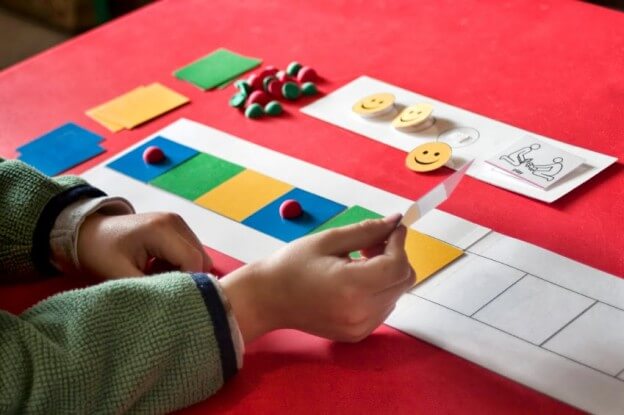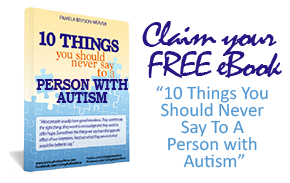Autism is a wide-ranging spectrum of disorders that can affect kids from all walks of life. Symptoms can vary from one individual to another but sometimes overlap making each autism spectrum unique. Often, parents have to work alongside developmental and behavioral needs specialists to address the symptoms and to prepare the individual for what lies ahead of them. To maximize results, however, certain home activities can be infused to the procedures and exercises done during therapy.
Responsible Parenting
As responsible parents, continuing the activities being taught and done during formal therapy sessions can be of great help. This requires a certain degree of keen observation and focus on the child’s core deficits. Three of the most common sources of frustration among children with autism are language impairment, over-sensitivity or lack thereof, and behavioral dilemmas. Learning what “triggers” their meltdowns and what makes them “happy” and calm can tremendously enhance his progress. The key is to work closely with professionals and keeping your line of communication open with them to open up the highway of possibilities for your child.
So, how to engage them in delightful and educational activities? Here’s how:
Let’s Get Physical
Gross motor skills development is essential to children with autism. Some fun activities that will help them develop such skills are: playing in the pool, simple obstacle course, disco party, sandbox playing, working out or children aerobics, and many more. The key here is for you (and perhaps, other siblings) to join in the foray to keep them safe as well as develop social integration.
Unleashing the Artist Within
Some kids with autism possess latent artistic talents waiting to be tapped. Your “little fidgety worm” might be the next Michelangelo or Van Gogh. Engaging him in activities like finger painting, clay sculpting, drawing on dry-erase markers, photography, collage, mosaic, and many more will help learn about colors, textures, and other art elements encouraging a more active sensory integration development.

